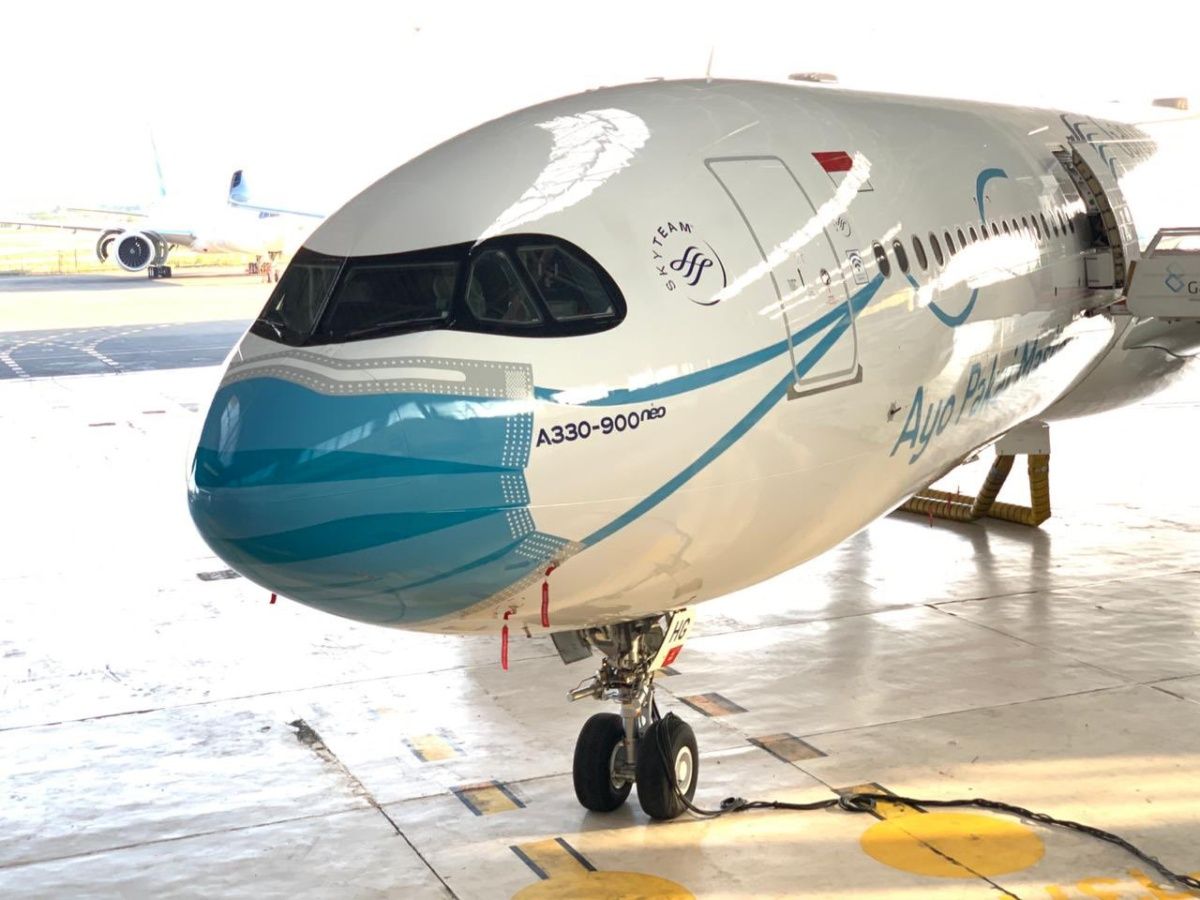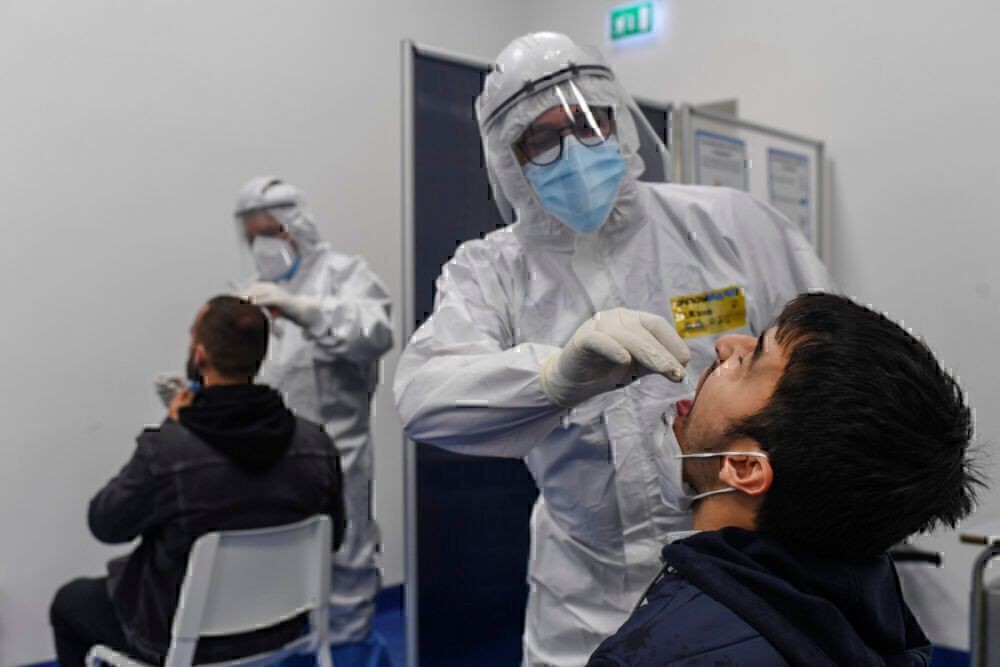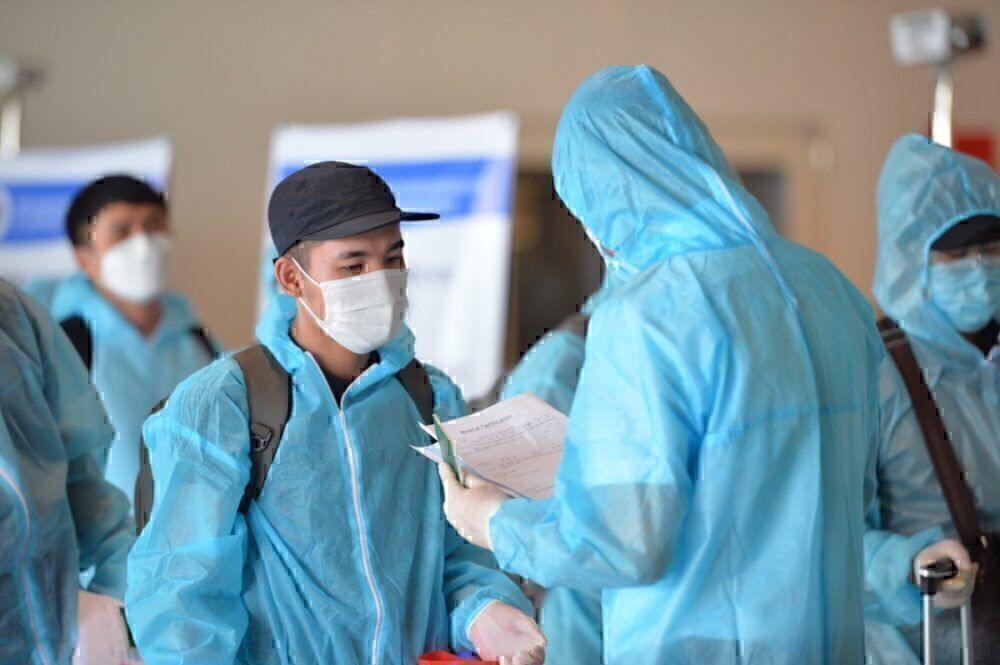The International Civil Aviation Organization (ICAO) has been tasked with developing a global standard for preflight COVID testing. A tall order in itself, this standard is due to be defined and published in just a matter of weeks. Despite the huge challenge this presents, the International Air Transport Association (IATA) remains confident that the deadline is achievable.
Pushing for widespread preflight testing
Across the aviation industry, stakeholders of all shapes and sizes are pinning their hopes for a travel restart on the implementation of widespread COVID testing. One voice that has been consistent in its support for this strategy is the International Air Transport Association (IATA). Director General and CEO of IATA, Alexandre de Juniac, stated recently,
“We continue to push for systematic testing on COVID-19 prior to departure. We believe that should give government the confidence to reopen borders. We are advocating for that with government. The health authorities who, and through ICAO.”
Recent research with passengers, conducted by IATA, has shown that travelers are ready and willing to be tested. According to the results of the survey, 84% of passengers agree that testing should be required of all travelers. 88% said that they were willing to be tested as a routine component of travel.
However, in order to make widespread preflight testing a reality, a standard needs to be developed. This standard would need to be accepted by all governments to align the process and reopen widespread travel. The agency tasked with defining this standard is the International Civil Aviation Organization (ICAO). De Juniac said,
“The ICAO process is critical to aligning governments to a single global standard that can be efficiently implemented and globally recognized. Airlines, airports, equipment manufacturers and governments will then need to work in total alignment so that we can get this done quickly. Each day that the industry is grounded risks more job losses and economic hardship.”
With an emphasis on speed, ICAO was targeted with developing this standard by the end of October. That date is now just weeks away, but IATA remains positive that it’s still a realistic deadline.
Stay informed: Sign up for our daily aviation news digest.
Confident the target will be met
Although developing a global standard for anything in short order is a huge challenge, IATA believes ICAO can get it done. At a media briefing yesterday, de Juniac expressed confidence that the deadline would be met. He said,
“That’s what we have established as a target with ICAO, so we think it could be achieved. It will not be easy. We have to convince several governments, different authorities, in addition to ministers of transport and the Health Authority. But we think it is still achievable to have something by the end of October.”
With just weeks to go until ICAO will form its standardized COVID testing protocol, there are high hopes that travel could see a resurgence sooner than expected. However, de Juniac was clear that this will not be a swift process. He said,
“It will take weeks, even months, to be deployed, because you have to provide the test, you have to organize the testing and you have to prepare all of that. It will take weeks.”
Although there is still a long way to go before widespread preflight testing is rolled out worldwide, everything is moving in the right direction. If ICAO can indeed release its standard by the end of the month, that’s a major milestone ticked off.



